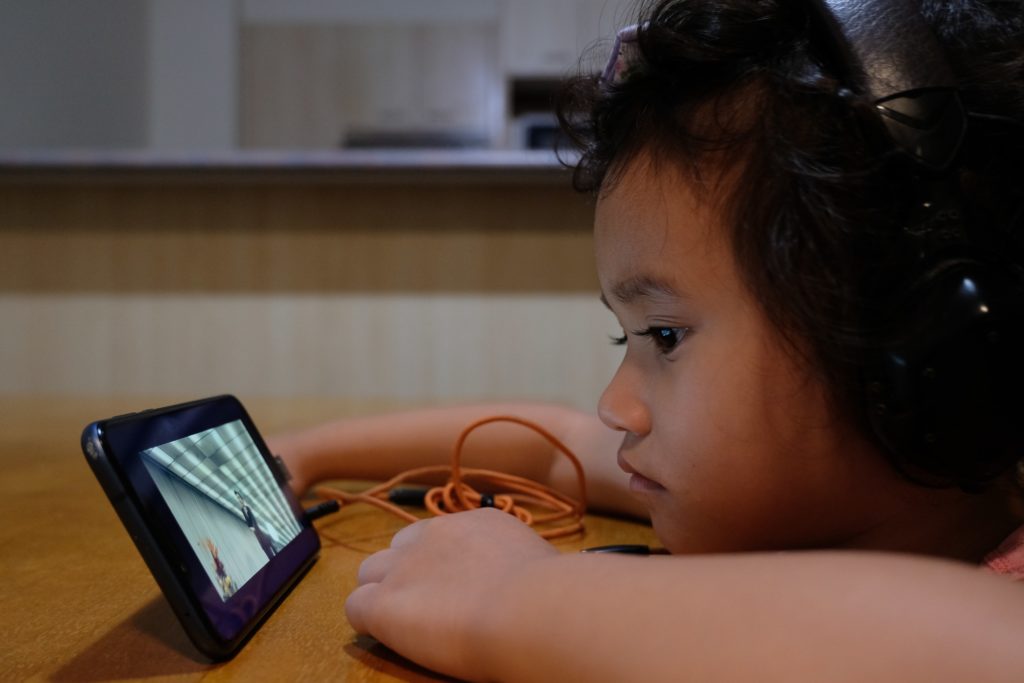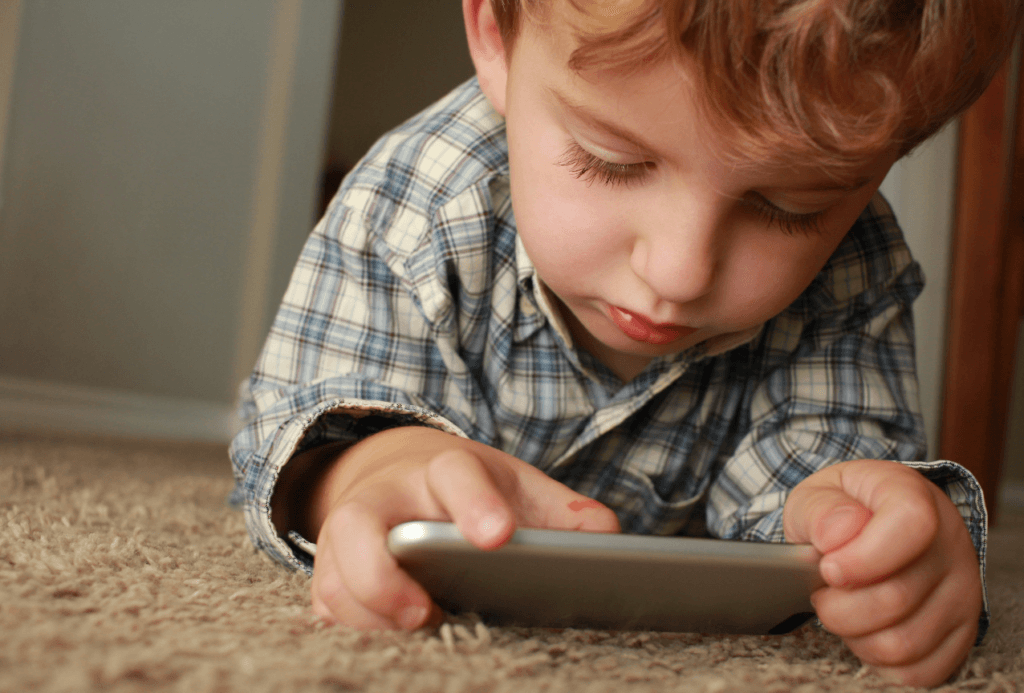4 Simple Steps to Choose the Best Online Content for your Kids

With so much media content tailored for kids these days, you may be getting frazzled trying to make the right choice for your little one. The good news is, we have 4 simple steps to help you make your decision in no time!
For many of us, limiting our kids’ screen time can be a downright pain in the neck, especially with the current stay-home measures forcing you to find different ways to occupy your kids every waking minute of the day.

You may even be trying to stay on top of these screen time recommendations by the World Health Organisation (WHO):
Infants (less than 1 year): Screen time is not recommended.
Children 1-2 years of age: Sedentary screen time (such as watching TV or videos, playing computer games) is not recommended. For those aged 2 years, sedentary screen time should be no more than 1 hour; less is better.
Children 3-4 years of age: Sedentary screen time should be no more than 1 hour; less is better.
However, if your plan to implement all these measures has gone out the window and you are just trying to make the best of a testing situation, it is completely understandable, and you are most definitely not alone! In fact, according to our research, parents in Singapore have been seeing an increase in screen time of almost 20% for their little ones during this period.
Beyond just limiting their screen time, adopting a variety of alternative strategies, including curating your kids’ online content is essential to ensure that they make the best use of their time on their devices.
But with the myriad of different online options available for kids, you may be wondering, where do I even start?
Not to worry, we got you covered!
According to the National Institute of Early Childhood Development in Singapore, such media content should check these boxes:
1. Is it engaging?
When it comes to optimising your child’s learning when they are using their online material, ask yourself if the design features of said content are engaging. High quality design features should be engaging rather than distracting. What makes content engaging?
Media content is engaging when your child’s attention is completely focused on a specific learning goal. Ask yourself these basic questions: Is he zoned into completing his tasks for instance, paying attention during an e-book? Or is he getting easily distracted by the ‘loud’ and irrelevant features of the content?
Remember, there is no ‘one-size-fits-all’ when it comes to selecting engaging media content for your little one, so it is normal to take a little time to figure out what works best for them!
2. Does it actively involve?
When your kids interact with the tasks presented in media content in question, are they challenging them to be hands on with their content and explore further?

Think back to the last piece of online content you chose for your kids. A high-quality game or digital book or even video would encourage them be mentally keyed in. That means that your child is taking the time and the mental effort to interact with their technology. For example, games that encourage your child to put on his thinking cap and consider his next moves actively are indicative of being ‘high-quality.’
Conversely, if you find that your child is only physically active but mentally passive i.e. swiping furiously but mindlessly, that piece of content is not one that actively involves.
3. Is it meaningful?
In other words, is the online content relatable to your child? What exactly makes something relatable?
Content that is considered relatable introduces new concepts within a context that your little one is already familiar with. For example, a meaningful educational content with the learning objective of new vocabulary is ‘high-quality’ when your it incorporates these new words into a story setting with characters that your child is familiar with. Are you sourcing for content that can teach your child new animal names? Use a piece of content that achieves this through a story about farm animals!
4. Can it be social?
A ‘social’ piece of content transcends the screen. This means that it encourages your child to talk about the concepts they have learnt or even observed with the people around them.
The FINAL Step.
Beyond these 4 steps, there is one final step that only you as a parent can complete: facilitate an environment that empowers your children to find the right balance!

That means inculcating in them good device habits that will allow them to develop a healthy relationship with their technology from an early age. As they continue to ‘grow up digital,’ staying actively involved in teaching them all the right ways to use technology while avoiding its pitfalls will make a world of difference to their lives! It can be a long journey, but remember, your kids’ childhood years are fleeting, so be sure to enjoy the ride every step of the way!
Tools Designed for Healthier Eyes
Explore our specifically designed products and services backed by eye health professionals to help keep your children safe online and their eyes healthy.





